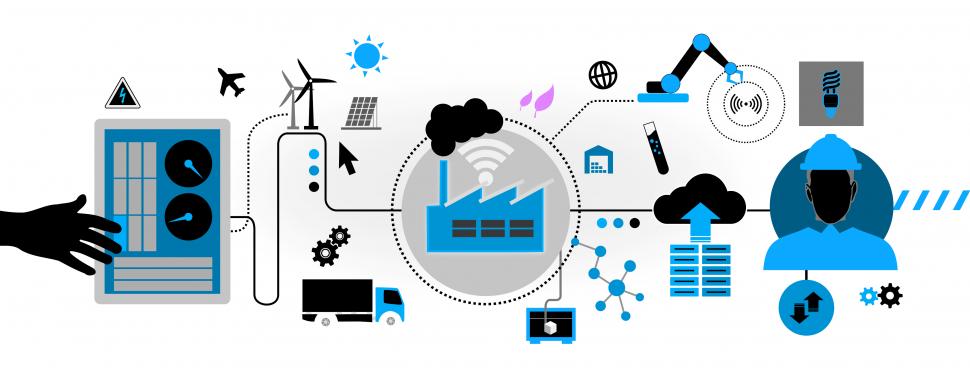This article is a guest post by SafeAtLast. All views/opinions/suggestions are that of the guest writer. This Website may or may not subscribe to them.

The COVID-19 pandemic wreaked havoc on the world economy. While some sectors have been crippled for months, others are barely functioning at a very reduced capacity.
The threatening situation has forced governments worldwide to issue strict guidelines on how businesses should operate. What’s more, they also encourage companies to switch to a remote work model until there is an approved solution that will ensure we can all go back to normal.
While some industries have found it difficult to operate remotely, others are successfully utilizing the IoT to operate amid all the chaos. Healthcare and transportation are some of the major beneficiaries of the IoT in these difficult times. This article highlights some of the COVID-19-driven changes in the world of IoT.
Decreased Interest in Wearables
With the ongoing pandemic and everything coming to a halt worldwide, jobs have been affected and salaries have been cut. Everyone’s doing their best to cut down on non-essentials in the race to survive this pandemic. One such thing that has dropped drastically is the sales of wearables.
If you can’t go to the gym or train outdoors, why buy a fitness tracker during the pandemic? ABI research forecast shows that the total wearables to be sold by the end of the year will amount to 254 million, down from 281 million initially forecasted at the turn of the year.
A Surge in the IoT Devices Use in Healthcare
Hospitals worldwide have been at the forefront of this pandemic since day one, with many healthcare workers losing their lives along the way. The constant exposure of healthcare personnel to the deadly virus has concerned governments all around the world. This has led to the massive adoption of IoT devices in the healthcare sector. These devices provide health professionals with remote access to tools that allow them to do their jobs effectively without coming in contact with the infected patients and putting themselves in danger.
Some areas of healthcare where IoT has experienced massive adoption during the pandemic include telehealth video consultations, remote monitoring, robotic assistance, and digital diagnostics.
An Increase in the Number of Track-and-Trace IoT Devices
Borders have been shut down, and supply chains around the world have been disrupted. This has inadvertently caused problems for both buyers and shippers.
However, according to reports, investments in cloud services have surged recently, reaching $67 billion in 2015, and are expected to reach US $216 billion by 2022. This will help shoppers monitor their goods using real-time data coming from IoT devices. That way, it’s easier to keep track of the shipping process—if it has been delayed or products redirected to another location.
New Applications of Drone Technology
Drones have actively been deployed since the start of the pandemic to limit close contact between infected citizens and the public or health workers. They were first deployed in China during the early stages of the pandemic.
Drones are currently being used to carry out medical deliveries such as medicines and medical samples related to the COVID-19 virus. Also, they are used for surveillance of public places, message broadcasting, and spraying of disinfectant.
Conclusion
The IoT has become more prominent due to the coronavirus pandemic. It has been able to reduce the dangers that health workers are exposed to while ensuring that citizens continue to receive the needed support without compromising quality.
However, as much as the IoT applications have increased in some areas, the wearables market has experienced a decrease in the anticipated number of shipments for the year.
